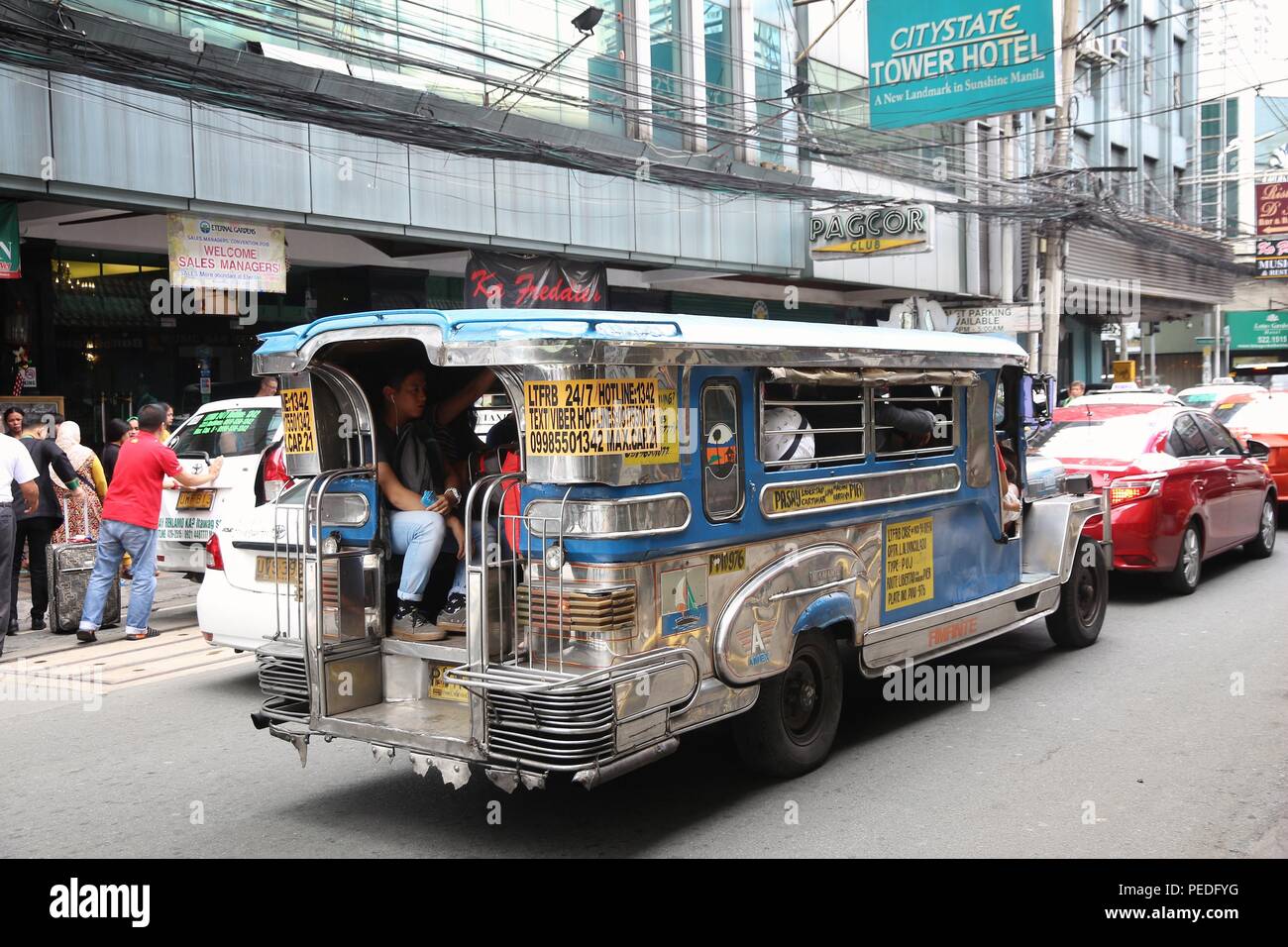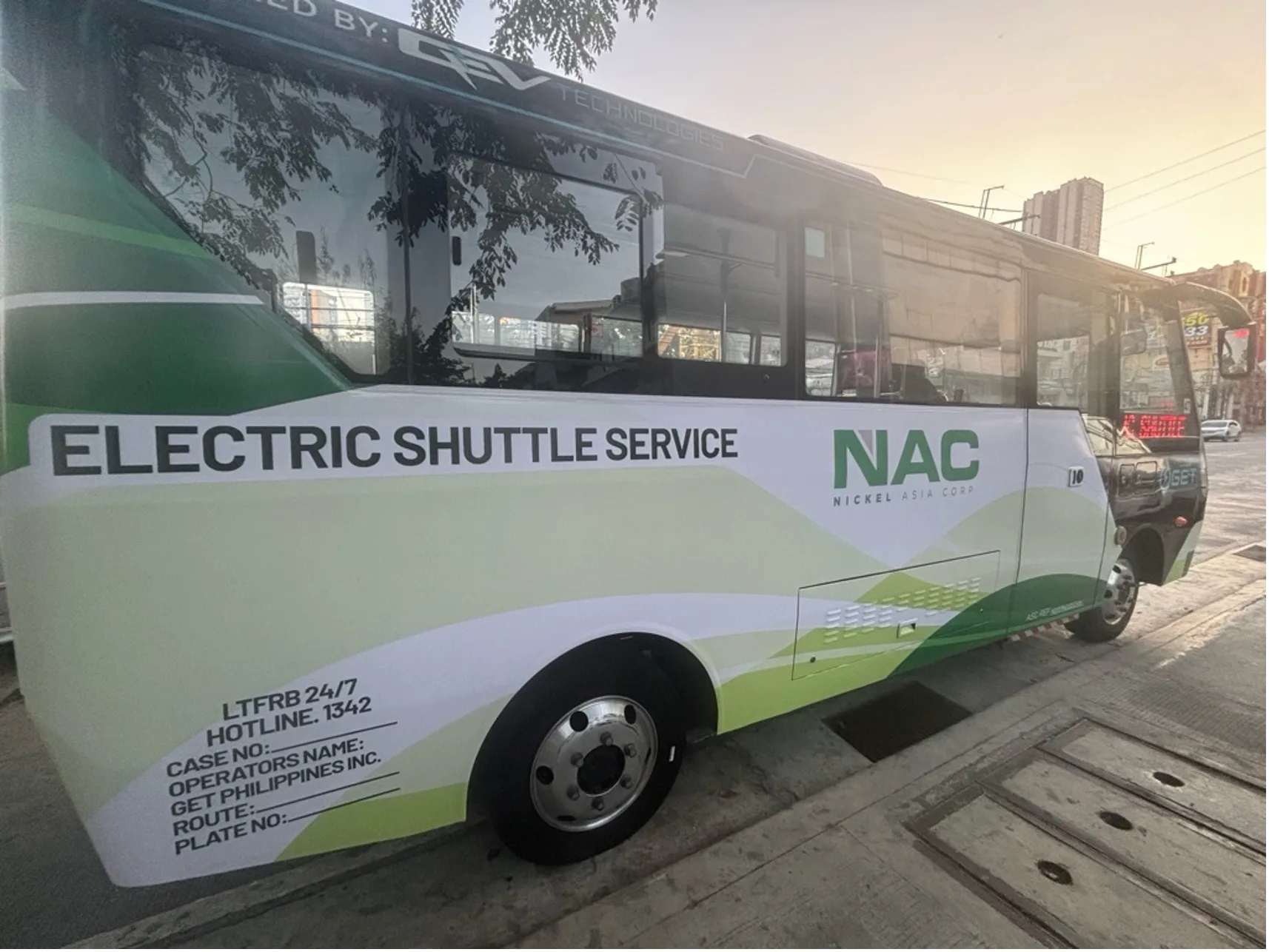Why Choose Transit Advertising Philippines for Your Brand
Why Choose Transit Advertising Philippines for Your Brand
Blog Article
Recognizing the Function of Transit Marketing in Enhancing Brand Visibility and Consumer Involvement
Transit advertising has actually emerged as a critical element in the advertising and marketing landscape, using unique possibilities for brands to boost their presence and involve customers efficiently. With the capability to get to a diverse and captive audience throughout their day-to-day commutes, these advertising and marketing approaches are not just regarding presence; they have to do with producing meaningful links with prospective consumers. As we discover the diverse advantages and ingenious approaches within transit advertising and marketing, it comes to be crucial to consider exactly how these aspects jointly affect customer assumption and behavior, raising concerns about their lasting effect on brand name loyalty.
Interpretation of Transit Advertising And Marketing
Transit advertising and marketing describes the practice of promoting products, solutions, or brand names with advertisements placed around public transport systems. This kind of advertising includes a variety of positionings, including posters on trains and buses, electronic displays at transit stations, and wraps on the outside of cars. It aims to reach a diverse target market, taking advantage of the high foot website traffic connected with public transportation.
Transit advertising and marketing is purposefully placed to catch the attention of travelers, that commonly spend considerable time taking a trip or waiting. By integrating promotions right into the daily regimens of individuals, brand names can create a long-term impact and foster brand name recognition. The tool is particularly reliable in urban settings, where public transport is a main setting of travel.
In addition, transit advertising can assist in localized targeting, enabling companies to get to particular demographics based upon transit courses and station locations. As urban populaces grow and the usage of public transport boosts, this advertising technique has gotten prestige as an important part of integrated advertising strategies. The vibrant nature of transportation marketing, incorporated with its capability to involve customers in a captive atmosphere, emphasizes its importance in contemporary advertising and marketing techniques.
Advantages of Transit Advertising And Marketing
The efficiency of transit advertising exists in its capacity to deliver a wide variety of advantages to brand names looking for to improve visibility and involvement. Among the key advantages is the comprehensive reach it offers; transportation advertisements can properly target diverse demographics across urban areas, reaching both travelers and pedestrians alike. This wide direct exposure significantly increases brand understanding.
One more advantage is the high regularity of perceptions. As transit automobiles take a trip along well established paths and quit at numerous areas, they develop recurring direct exposure that strengthens brand messages. This frequency cultivates knowledge, which is essential in consumer decision-making.
Transit advertising is additionally cost-efficient contrasted to various other media systems. Provided its extensive reach and potential for high impressions, brand names usually experience a reduced expense per thousand perceptions (CPM), maximizing their advertising spending plan.
Additionally, transit ads can develop a feeling of area connection. By aligning with neighborhood transportation systems, brands can resonate with regional target markets and promote a sense of neighborhood satisfaction. This localized approach enhances brand commitment and engagement, making transportation advertising an engaging option for services intending to solidify their visibility on the market.

Efficient Methods for Transit Projects
To optimize the effect of transit projects, brands should utilize critical planning and implementation tailored to their target market. First, recognizing the demographic attributes of the target market using public transit is crucial. This permits brands to produce personalized messaging that resonates with prospective customers.
Following, selecting the ideal transit mediums is crucial. Whether using bus covers, subway posters, or electronic displays, each medium has one-of-a-kind advantages that can boost presence. As an example, vivid visuals on bus wraps can stand out, while digital ads can be upgraded frequently to mirror timely promotions.
Additionally, incorporating a cohesive branding strategy across transit platforms guarantees consistency and strengthens the brand's identification. Using appealing layouts and memorable taglines will certainly enhance brand recall amongst travelers.
Last but not least, timing is a key element in implementing successful transportation campaigns. Launching campaigns during top travel hours or regional occasions can dramatically increase presence and interaction. By utilizing these methods, brand names can properly harness the possibility of transportation marketing, promoting higher awareness and connection with their target audience. Ultimately, a well-executed transportation project can drive substantial growth in brand visibility and customer involvement.

Measuring Influence and Involvement
In examining the efficiency of transit advertising and marketing projects, accurate measurement of effect and engagement is crucial for brand names seeking to maximize their advertising strategies. Metrics such as reach, regularity, and impacts supply foundational information to analyze visibility. Analyzing these aspects assists figure out how several prospective customers are subjected to the advertisements throughout their daily websites commutes.
Interaction can be further determined through customer interactions, such as web site traffic, social networks mentions, and straight actions to calls-to-action featured in the ads. Making use of tools like QR codes or one-of-a-kind URLs can assist in monitoring of consumer actions directly connected to transportation campaigns. Studies and responses mechanisms likewise offer as valuable techniques to collect qualitative data on consumer assumptions and recall of the advertisement.
In addition, progressed analytics and attribution designs can associate transit exposure with subsequent purchasing habits, supplying understandings into the roi. By employing a detailed strategy that combines qualitative and measurable actions, brand names can develop a nuanced understanding of their transit marketing influence. Inevitably, this data-driven strategy enables brands to fine-tune their projects, ensuring they reverberate properly with target audiences and improve general brand exposure.
Study of Effective Projects
Successful transportation ad campaign offer as engaging instances of exactly how effective strategies can boost brand name presence and involvement. Transit Advertising Philippines. One remarkable instance is the "I Love New york city" campaign, which transformed the city's picture and drew in millions of travelers. By utilizing subway advertisements, signboards, and bus wraps, the campaign created a solid, natural brand identity, resulting in a significant uptick in tourism and neighborhood service patronage
One more exemplary campaign is Coca-Cola's "Share a Coke" initiative, which leveraged transportation advertising and marketing to individualize the brand experience. By featuring preferred names on marketing materials across numerous transportation platforms, Coca-Cola fostered a much deeper emotional connection with customers, motivating them to share their experiences on social networks.
Additionally, the "Got Milk?" project properly used public transport advertisements to reach a wide audience, enhancing the message of the relevance of milk in a balanced diet. The project saw a measurable rise in milk usage in target demographics.
These study highlight that when implemented attentively, transit marketing can substantially enhance brand visibility, foster consumer involvement, and drive measurable outcomes, demonstrating its crucial role in contemporary advertising and marketing methods. - Transit Advertising Philippines
Conclusion
In verdict, transportation advertising and marketing offers as a vital device for enhancing brand exposure try this and promoting consumer interaction. Eventually, the capability to determine interaction and evaluate effective situation research studies highlights the efficiency of transit marketing in driving brand loyalty and customer interactions.
Transit advertising and marketing has actually arised as a critical component in the advertising landscape, using one-of-a-kind possibilities for brand names to raise their visibility and engage customers successfully.Furthermore, transit advertising and marketing can promote local targeting, enabling companies to reach details demographics based on transportation routes and terminal areas.In examining the effectiveness of transit advertising and marketing projects, precise measurement of influence and interaction is vital for brand names looking for to enhance their marketing strategies.Effective transit advertising and marketing campaigns serve as engaging examples of just how helpful site efficient strategies can boost brand presence and interaction.In conclusion, transportation marketing serves as an essential tool for boosting brand name visibility and cultivating consumer involvement.
Report this page